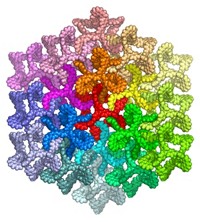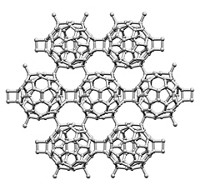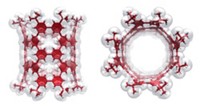Advertisement
Grab your lab coat. Let's get started
Welcome!
Welcome!
Create an account below to get 6 C&EN articles per month, receive newsletters and more - all free.
It seems this is your first time logging in online. Please enter the following information to continue.
As an ACS member you automatically get access to this site. All we need is few more details to create your reading experience.
Not you? Sign in with a different account.
Not you? Sign in with a different account.
ERROR 1
ERROR 1
ERROR 2
ERROR 2
ERROR 2
ERROR 2
ERROR 2
Password and Confirm password must match.
If you have an ACS member number, please enter it here so we can link this account to your membership. (optional)
ERROR 2
ACS values your privacy. By submitting your information, you are gaining access to C&EN and subscribing to our weekly newsletter. We use the information you provide to make your reading experience better, and we will never sell your data to third party members.
Materials
Covalent Conducting Belts
by Jyllian N. Kemsley
October 13, 2008
| A version of this story appeared in
Volume 86, Issue 41
A new type of covalent organic framework (COF) assumes a belt shape and exhibits luminescence and electrical conductivity, reports a research group led by Donglin Jiang of Japan's Institute for Molecular Science (Angew. Chem. Int. Ed., DOI: 10.1002/anie.200803826). First reported last year as a general class of materials (C&EN, May 28, 2007, page 32), COFs are lightweight porous macromolecules with high surface areas that have been touted for gas storage applications. Jiang and coworkers designed a π-conjugated system of interlocking hexagons made from hydroxytriphenylene molecules (green) that occupy the vertices and pyrenediboronic acid groups that form the edges (blue). Planar sheets of the 3.2-nm-diameter hexagons layer in a perfectly eclipsed fashion, interacting through π-π stacking. The overall belt-shaped structure is 300-nm wide, 100-nm thick, and micrometers long. The authors propose that the material could be used for optoelectronic devices.






Join the conversation
Contact the reporter
Submit a Letter to the Editor for publication
Engage with us on Twitter